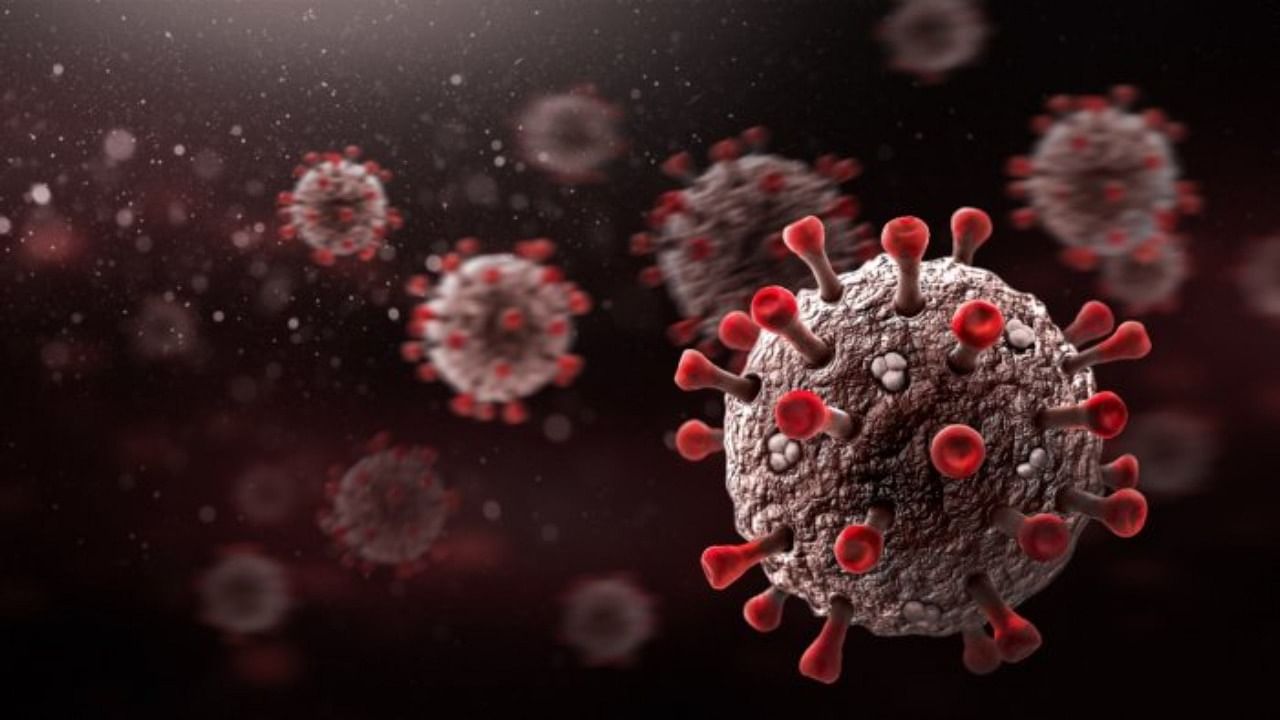
An analysis of the viral strains of SARS-CoV-2 that appeared globally between November 2019 and July 2022, conducted by the Indian Institute of Science (IISc), shows how several new strains evolved and were able to escape the host’s defences.
The research was led by Shashank Tripathi, assistant professor at the Department of Microbiology and Cell Biology, after noting an unusually high increase in the number of recombinant strains of the Omicron variant. The study was published in the Journal of Medical Virology.
Viruses can evolve via either mutation or recombination, explains Tripathi, adding this is a strategy to increase their genetic diversity.
In addition to allowing mutations, polymerase often also causes recombination to happen between different strains of the virus. This is possible when a host cell is infected by more than one strain of the virus. “When copying the viral RNA, the polymerase can jump from one RNA template to another one nearby,” Tripathi said. If the nearby sequence is that of another strain, then the new copy will be a recombinant or hybrid of the two parental strains.
Tripathi said there are more than 35 recombinants of SARS-CoV-2 currently. For example, a more efficient variant XBB, which emerged in 2022, was born from the recombination between two other versions of Omicron.
The team has also identified the mechanisms by which new mutations evaded the host’s defences. Constant changes in the virus make it hard for the immune system to identify and destroy it. This is also a major concern when generating vaccines. Since enhanced recombination can increase the chances of new strains emerging, tracking recombinations through regular sequencing of the virus is crucial, the researchers
said.